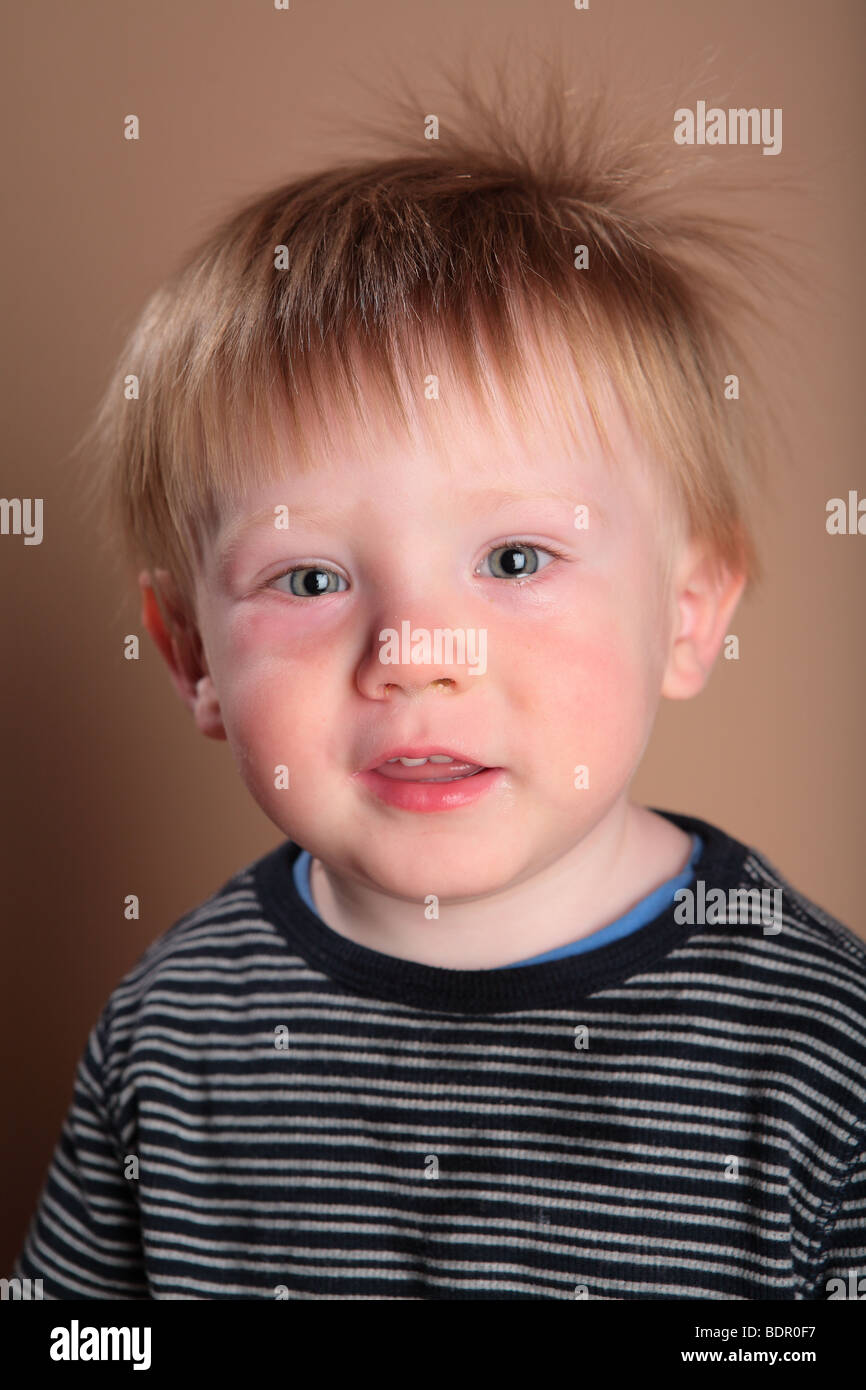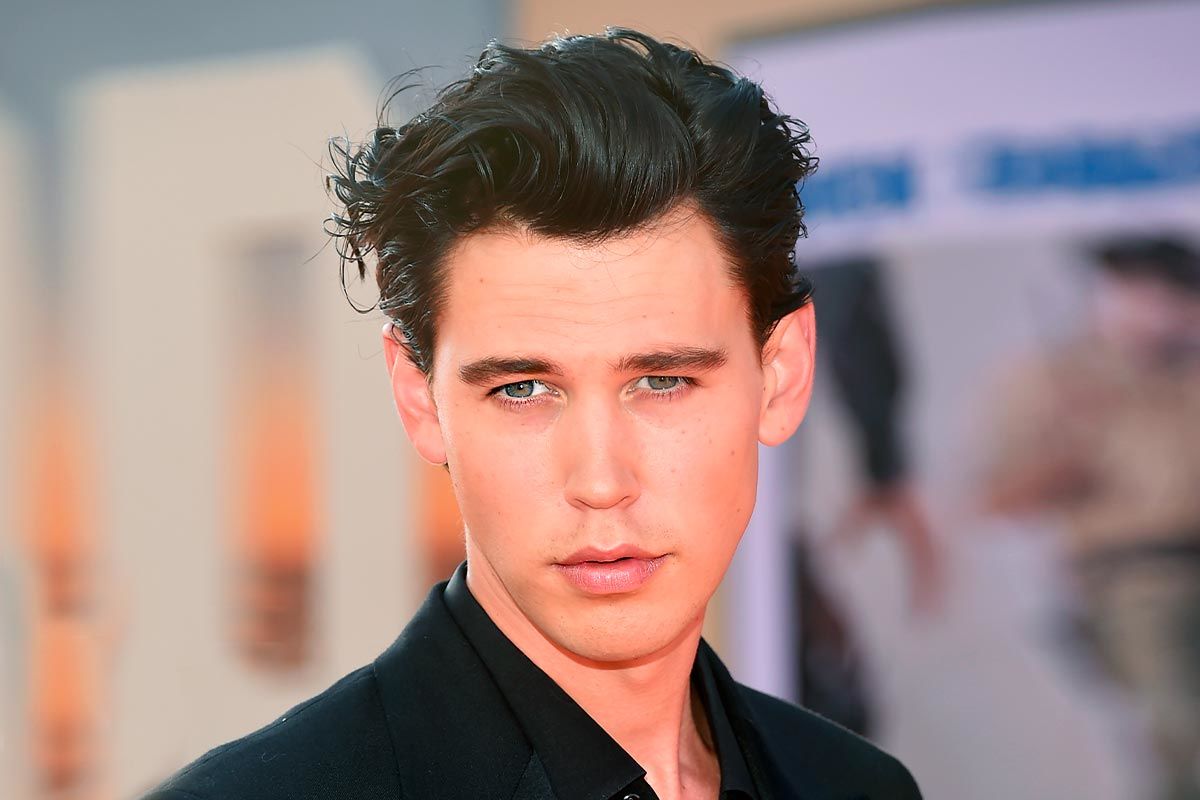Table Of Content

Knowing more about this type of hair calic and what to do about it will make people feel much more confident in their appearance. For days when we don't have time to conceal any unruly locks, Dimachki says the best thing to do is place it in a slicked-back bun or textured braid, and no one will be the wiser. If your fringe won’t cooperate, Gillen recommends growing it out into a side swoop with shoulder-length locks. "The shoulder length perimeter will flip up slightly and complement the swoop," he explains.
Off Center Short Hair Part
One of my biggest pet peeves when doing my hair at home is how great it looks for 10 minutes afterward ... This usually happens as a result of not letting the hair cool down before moving around and doing other things. I love these no-crease bow clips from Ricky’s because they hold hair in place without leaving any weird crease marks afterward. Once your hair is dry, gently scrunch it, or pick out the roots with an afro pick. Slick down any flyaways, and lay your edges with a heavy butter, balm, or edge tamer. If at any time you want to move apart because your hair is not laying right, do not use a comb or pick.

Lots of Volume and Spikes
This men’s hairstyle features a hidden fade accented with parted longer hair that is piecey in texture. If you’re an older man with a thick head of hair, count yourself lucky because that will work in your favor when it comes to hiding a cowlick. Simply use a little hair mousse on your comb to work it up and to the side from the hairline.
Neutralize With Your Blow Dryer
"Keeping the top and sides longer than a traditional pixie can add volume. These small changes make it easier to control the cowlick at the crown of your head," Gillen explains. He recommends using SACHAJUAN’s Rootlift ($35) and a medium-size round brush for lift and control to keep the area from separating. Watch this tutorial to see exactly how you can control your cowlick with the right products and techniques. She offers her best tips and demonstrates a technique that really works to manage your cowlick and change your part!
With the right styling tricks and attitude, your cowlick becomes a symbol of your freedom to be unapologetically you. Say goodbye to those morning battles with your cowlick, and embrace the freedom of a flawlessly styled mane. The key to success is in both the clip placement and materials. Ensure that the clips are small, unobtrusive, and lightweight to avoid any discomfort. Position them strategically at the root of your cowlick, making sure they don’t leave any unsightly creases in your hair. By following these steps, you’ll protect your hair while addressing your cowlick.
Heat Protectant
These weren’t edges, rather they were big chunks of hair that stood straight up from my scalp, and defiantly refused to find a curl pattern. I didn’t realize it at the time, but these roots on steroids were cowlicks, and it seemed to me that they were hell-bent on ruining my otherwise good hair days. Cowlicks are intriguing and often unpredictable hair patterns that add a touch of uniqueness to our individuality. While they can present styling challenges, understanding their causes and characteristics empowers us to embrace and work with them to create hairstyles that celebrate our personal flair. Another common area is along the hairline, where a cowlick can cause a section of hair to stand out or grow in a different direction from the rest.
"Using a mouse like Kerastase Densifique Leave-In Thickening Mousse ($46) will help create movement and volume to enhance this style." Consider Bangs or LayersIf your cowlick is primarily located at the front of your hairline, bangs can help hide your cowlick and give you more styling options. Both bangs or layered hairstyles can help blend and disguise a cowlick. The added weight and structure can help control the direction of the hair and reduce the prominence of the cowlick. When hair is wet, apply a small amount of gel—we like Pattern Strong Hold Gel ($25)—on the area of concern. "If hair is allowed to dry even slightly, the cowlick will conform to its natural shape," says Stenson.

A cowlick may pose styling challenges, but with the right techniques and strategies, you can tame and even embrace these unique hair patterns. One of the primary challenges of styling cowlick hair lies in hair parting. Cowlicks tend to disrupt the natural flow of hair, making it challenging to create clean and precise partings. A cowlick occurs due to variations in the direction of hair growth within specific areas of the scalp. While most hair follows a consistent hair pattern, a cowlick disrupts this uniformity and creates distinct hair whorls or spirals. These hair anomalies are a result of genetic and structural factors that influence how our hair follicles develop.
What Is a Cowlick?
The cowlick hairline is a natural occurrence that cannot be permanently eliminated. However, you can work around it by concealing or minimizing its impact. This can be achieved by selecting a haircut that complements the cowlick or using hair styling products to reduce its strength, allowing it to be styled in the opposite direction. Strategic parting, heat styling tools, and the right hair products can help train cowlicks to lie flat and bend to your will. Carefully blow dry while brushing the hair back and down, then set with a no-crease clip. Once you've used heat to change the direction of your more stubborn strands, the way you "set" the hair will depend on your products, explains Rabiu.
10 Best Hair Gels for Men to Buy in 2024 - Men's Health
10 Best Hair Gels for Men to Buy in 2024.
Posted: Wed, 15 Feb 2023 08:00:00 GMT [source]
This reverse blow-drying technique will help tame that unruly cowlick and give your hair a fresh, styled look. Hair cowlicks are caused by genetics and are typically located at the crown of the head called a cowlick crown. They can also appear near the front of the hairline, in the middle of the forehead, called a cowlick hairline. Both can make styling bangs a bit more tricky, but not impossible — you just need to know how to hide it (more on that, below). Normally, blow drying isn’t recommended because of the damage it does to your hair but if your cowlick hair is bothering you, then it’s okay to use it.
Read on to see what our experts have to say about managing cowlicks. You can also talk to your hairstylist to come up with the best solution for taming your cowlick. “If someone doesn’t have very dense hair, the area of separation may appear empty,” Possidoni adds. Keep reading to learn more about what a cowlick is, whether you can get rid of it, and how to style it. The fringed cowlick is a versatile haircut for men which suits almost all face shapes.
Research from 2003 suggested that right-handed people have cowlicks that are in a clockwise pattern. However, other researchers have concluded there is no evidence for an association between hair whorl direction and handedness. Ahead, three styling tips you can also use to temporarily hide a cowlick. Next, use a round brush to blow-dry your bangs back or forward (this depends on preference and the type of bangs you have), until they’re fully dry and the cowlick is unnoticeable. Cowlicks are sometimes mistakenly called calics, but they both refer to a piece of hair that grows at a different angle than the rest of your hair. Spelling-wise, the term is cowlick, but they both sound similar if you’re speaking about the subject.
The next step is to use your round brush and round out your hair. Want a trendy new haircut that will help disguise your cowlick? "It complements a cowlick with all the flirty, tousled movement," Gillen explains.
Simply comb the hair smoothly away from the forehead to cover up that cowlick and get hair off the neck. Cowlicks are caused when hair grows in a group or a whorl and doesn’t grow in the same way as the rest of the hair on the head. This is completely normal and doesn’t mean that anything is wrong – simply that hair is growing in a different direction from other hair on the head and will stand out as a result. A cowlick, very simply, is just a group of hair on the head that is growing in the opposite direction from the rest of the hair. Most of them are on the top of the head and form where the back and top of the head meet, as the hair here will all join up.


No comments:
Post a Comment